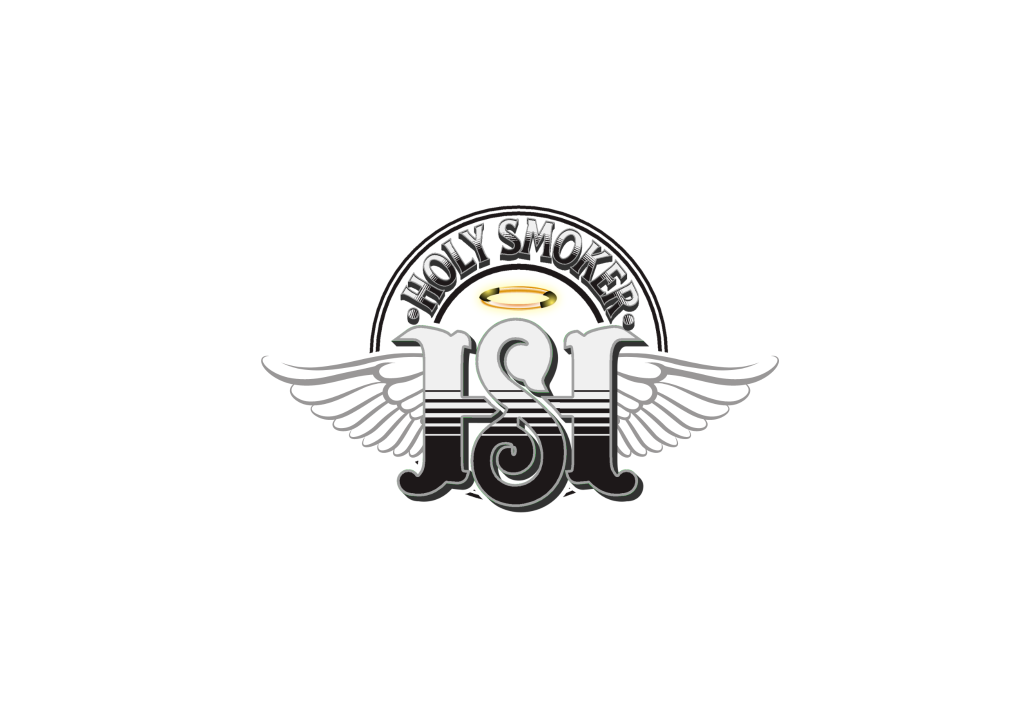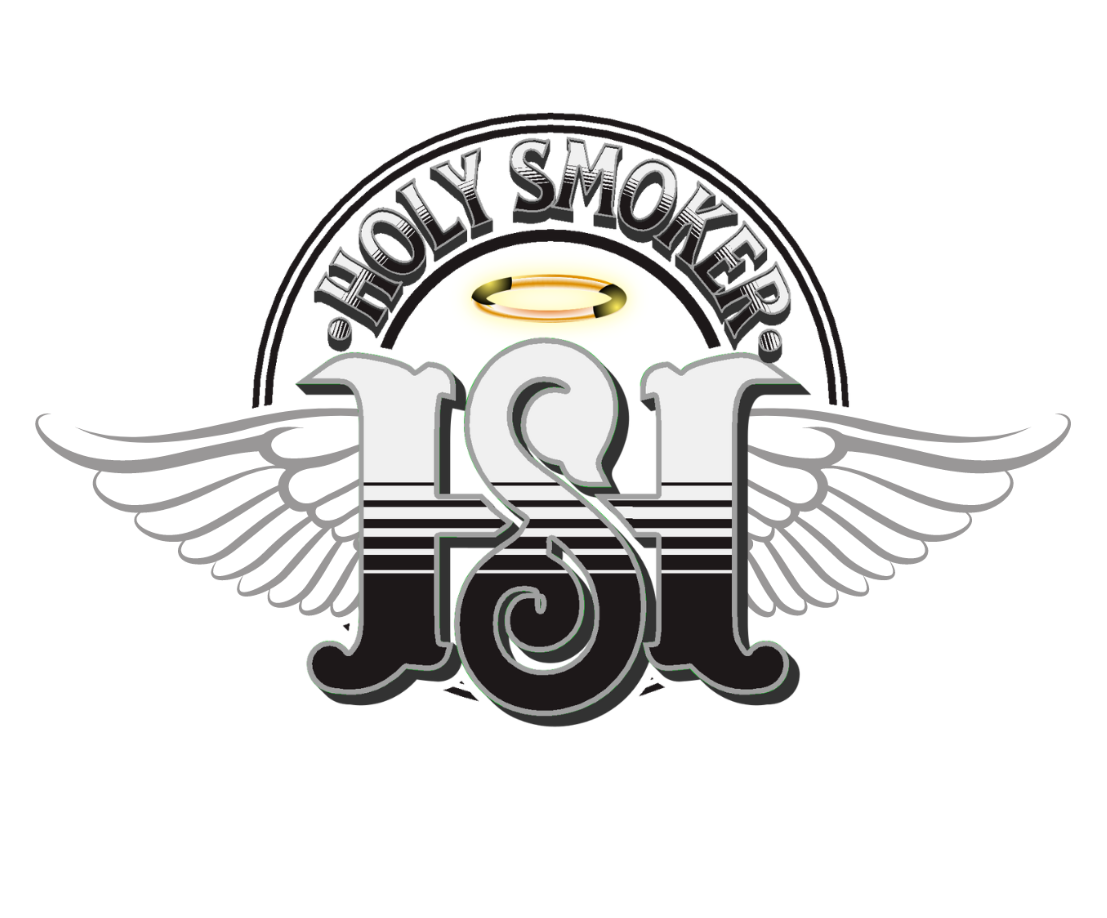

Alcohol is flammable. However, the flammability of alcohol and its dangers depend on its proof and its form. There is a difference between isopropyl and ethanol, with the latter being drinkable alcohol. Typically, alcohol that is 80 proof or higher (ABV of 40% or above) is flammable.
It takes a high alcohol content for a drink to become flammable and a safety risk. We’re looking at options that are 80 proof and higher, which means an ABV of 40% and above.
This is typically found in hard liquor drinks like spirits.
We’ve all seen the videos of people using isopropyl alcohol (or rubbing alcohol) to set things on fire. Rubbing alcohol, 70% alcohol, is a very flammable substance and should be handled cautiously.
But what about other forms of alcohol, like the ones meant for drinking? I’m sure you’ve seen an action movie where someone creates a Molotov cocktail out of a vodka bottle. Does that work better or worse than rubbing alcohol?
Well, the percentage that alcohol can burn is 40%. Some vodka, such as Everclear, also has the same percentage of alcohol as Isopropyl.
The higher the percentage, the faster it’ll burn. In some places, you can get Everclear up to 95% alcohol which means it’ll even light faster than rubbing alcohol. If you’re looking for high percentage alcohol, try: Vodka, Rum, Tequila, Absinthe
A word of caution, though. Fire is very dangerous, and it is not recommended to light alcohol. If you are going to light it to flambé a dish or try to entertain your bar friends, try to stay in the range of 50%. Cognac is the alcohol that is usually used in restaurants.
Just as the higher percentages light faster, the lower percentages light slower. If you want a small flame, you will want to stay in the 40% range. If you’re looking for low percentage alcohol, try: Wine, Beer, Light Liqueurs, Gin
Remember that 40% is the lowest you can go for getting alcohol to light on fire. However, it is also the standard for most alcohols, so if you’re wondering whether or not your alcohol can catch on fire, the answer is probably yes.
How Can You Know How Fast the Alcohol Burn?
It’s not really about speed. It’s about how high the flame gets. If your alcohol is going to catch on fire, it’ll always do so fairly quickly. That’s why it’s important to ensure you’re not careless while cooking. 2 out of 5 house fires start in the kitchen while cooking food.
When using a higher percentage of alcohol, the flame will be larger and harder to put out. Once all of the alcohol vapors burn out, then the fire goes out until it’s found another source of fuel, such as a curtain or a carpet.
Is There An Alcohol Percentage That Won’t Burn?
Alcohol under 40% typically will not burn, and you shouldn’t even bother trying with anything under 30%.
This includes: Liqueur, Wine, Beer, Hard Seltzer
Although they don’t catch on fire, that doesn’t mean you can’t use them. For example, restaurants still use beer to make fish and chicken. And on the bright side, you’ll have the safest time around a bonfire if you bring the alcoholic beverages listed above.
If you want alcohol that’ll produce a large flame, then Everclear, Bacardi, and Absinthe are going to be your best bets. They all sit at around the 70%-75% mark.
However, as I said above, Everclear can also be found in some places to be up to 95% alcohol. Keep in mind, though, that it is illegal in some states.
You can also buy rubbing alcohol from your local convenience store if you’re looking for something cheaper and are not planning to cook with it. The good thing about rubbing alcohol is that it doesn’t go bad. In addition, you can store it for many years to come.
Fire is very dangerous and needs to be used with caution. However, if you’re looking for which alcohol burns the fastest, the answer is Everclear. Alcohol with a higher percentage of alcohol, such as Absinthe, will burn faster and produce a higher flame.
Alcohols with a lower percentage, such as Gin, will burn slower and produce a smaller flame. Smaller flames are easier to control and are easier to put out. If you want alcohol that won’t catch on fire, try anything 30% and below, such as beer and hard seltzers.

You’re used to seeing fire extinguishers in public buildings such as offices and schools in case of an emergency. But would you be prepared if a fire broke out at home? Almost 400,000 home fires happen every year in the U.S., causing thousands of deaths and millions of dollars in losses, but still,1 in 4 Americans say they don’t have a fire extinguisher in their home.
While you may not be able to predict a house fire, you can protect your family by being prepared. That includes owning fire extinguishers, knowing how to use them, checking your smoke alarms, and having a family disaster plan.
If you are one of the families that currently doesn’t own any fire extinguishers – we strongly recommend purchasing one as soon as you can. Don’t worry, there are other steps you can take to safely contain a small home fire. Here are some helpful home fire safety tips and guidance.
Know not all fires are the same.
Some fires are oil-based. Others are sparked by electricity or chemicals. Still, other fires are non-chemical. The way you put out a fire depends upon the type. It’s very important to know the kind of fire. In some cases, if you choose the wrong way to try to extinguish a fire, it could make it even worse.
Here’s how to put out a cooking fire.
Kitchens are common places for home fires. When you turn on your stove, you ignite a flame. If that flame combines with cooking grease, a fire can erupt. Fires also can easily start if you leave a stove unattended and the food or liquid in the pan or pot starts to burn.
Water will not work on kitchen fires- which are oil or grease-based. Upon contact with the oil, the water molecules quickly heat to steam and cause the oil to explode in all directions.
The best way to put out a cooking fire is to “snuff it out”. You want to cut the flow of air to the fire. Here are some options:
Here’s how to put out a chemical fire.
Many common household items are chemical-based and highly flammable. This includes alcohol, rubbing alcohol, hand sanitizer, products in aerosol cans, nail polish and remover. Exposing any of these chemicals to an open flame is dangerous. Even doing your nails near a lit candle can spark a chemical fire.
Chemical fires are similar to cooking grease fires. You never want to use water to put out a chemical fire. It could cause the fire to spread.
Here’s how to handle a chemical fire:
Here’s how to put out an electrical fire.
There are many possible causes of electrical fires. They can start due to overloaded circuits, faulty electrical outlets, and outdated appliances. Worn or frayed cords can cause heat to reach flammable surfaces in your home such as curtains and rugs. Installing a light bulb with a wattage that is too hot for the fixture can ignite fires. Electric space heaters also are known for starting fires when their coils are placed too close to couches, curtains, bedding, and rugs.
Never use water to put out an electrical fire. Water conducts electricity, and if you douse an electrical fire with water, you could be electrocuted.
Here’s some guidance on how to put out an electrical fire.
Here’s how to put out ordinary fires.
Ordinary fires involve paper, wood, clothing, trash, or plastic. This type of fire may occur if you knock over a candle or get a spark from the fireplace.
Unlike the other fires, these do respond well to water.
Don’t try to put out a large fire by yourself.
If the fire becomes larger or out of control, you do not want to try to contain it. Your safety comes first. Get out of the house and call 9-1-1.
A fire extinguisher is a good investment for your home.
Finally, if your home does not have a fire extinguisher, you should invest in one. Fire extinguishers use either water, foam, dry powder, CO2, and wet chemicals to extinguish fires. Some use a combination. The basic classifications for home use include:
